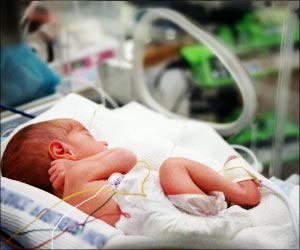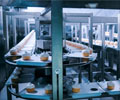Pollution levels inside cars stuck in traffic jams and traffic signals are significantly higher compared to cars moving down the road.
Highlights
- Air-pollution is among the top ten health risks faced by people and is also carcinogenic.
- New study states that pollution levels inside cars idling in traffic can be 40% higher compared to cars moving unabated.
- Sitting inside cars with closed windows but with fans switched on causes the fan to suck dirty air from outside to inside the vehicle, resulting in an accumulation of pollutants in the car.
- Changing the fan settings in such a manner that it re-circulates the air within the car without drawing in pollutants from outside and keeping windows closed is the best way to beat pollution.
This exposure is not limited to traffic jams. Pollution exposure increases at traffic lights as well which feature idling vehicles throughout the day.
When people sit inside cars with closed windows but with fans switched on, they can be at an increased risk of exposure to the outdoor pollutants, the researchers said as the fan sucks the polluted air from outside to the inside, resulting in an accumulation of pollutants in the car.
Changing the fan settings to where they re-circulate air within the car without drawing in polluted air from outside and leaving the windows closed is the best way to beat pollution. The researchers found that this practice showed a 76% reduction in the “in-cabin” exposure to PMI (particulate matter of 1 micron or less in diameter and thought to be the most harmful).
“Where possible and with weather conditions allowing, it is one of the best ways to limit your exposure by keeping windows shut, fans turned off and to try and increase the distance between you and the car in front while in traffic jams or stationary at traffic lights,” said Prashant Kumar from the University of Surrey. “If the fan or heater needs to be on, the best setting would be to have the air re-circulating within the car without drawing in air from outdoors,” Kumar added.
The new research has found that pedestrians are also exposed to increased air pollution around traffic signals.














